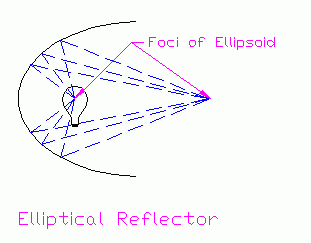I have a group of 13-year old students that are going to be building scale LEKO lights. These will be scale models of the real lights. While they are smaller versions, the students are hoping to build these with the basic functionality of the real leko lights. They have been researching the basic design, but have had some difficulty finding truly detailed plans / spec drawings, so there will be some definite trial and error.
I am looking for advice / ideas on types of materials, etc as well as maybe some websites that could be helpful. We do have the plano-convex lenses and a couple of different lamps to try, but not sure of the distance from the elliptical to the gate, etc. I would alos welcome other suggestions for materials.
We are on a pretty limited budget, and I do not have much of a technical background when it comes to lighting, so I'm learning along side the students as we go.
Any thoughts would be welcomed! Thank you!
I am looking for advice / ideas on types of materials, etc as well as maybe some websites that could be helpful. We do have the plano-convex lenses and a couple of different lamps to try, but not sure of the distance from the elliptical to the gate, etc. I would alos welcome other suggestions for materials.
We are on a pretty limited budget, and I do not have much of a technical background when it comes to lighting, so I'm learning along side the students as we go.
Any thoughts would be welcomed! Thank you!



